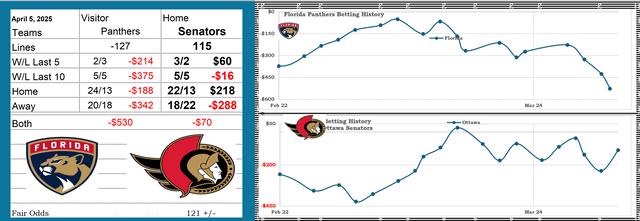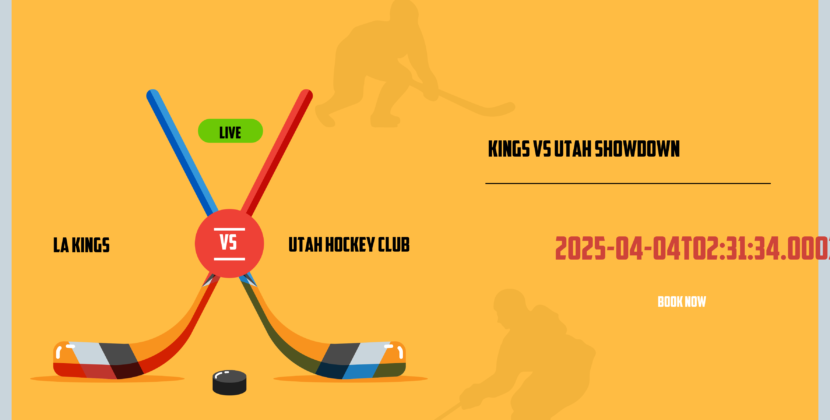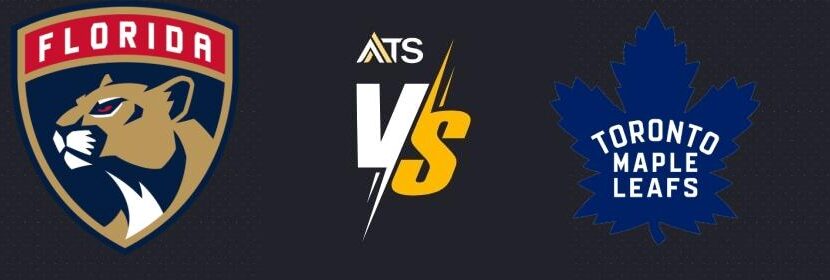
The Utah Hockey Club finds itself in a challenging position as it grapples with significant defensive injuries. The team’s resilience is being put to the test, forcing them to reevaluate their strategies and tap into their youth programs for solutions.
Sean Durzi, a cornerstone of Utah’s defense, is sidelined with a shoulder injury. Post-surgery, Durzi faces a lengthy 4-6 month recovery period. His absence has left a noticeable void in the team’s defensive tactics, disrupting their usual gameplay.
Compounding the issue, John Marino is also out of commission following lower-back surgery. With a 3-4 month recovery timeline, Marino’s absence further strains the team’s defensive capabilities. These setbacks have put immense pressure on the remaining lineup to fill the gaps.
In response to these challenges, the Utah Hockey Club is turning to internal solutions. Maveric Lamoureux, recently recalled from their AHL affiliate in Tucson, represents a beacon of hope. His promotion underscores the strength of the Utah Hockey Club Youth Programs and their ability to nurture NHL-ready talent.
Michael Kesselring is another player thrust into the spotlight due to these injuries. His performance in the coming weeks could be pivotal in showcasing the depth of talent within the Utah Hockey Club Youth Programs.
While internal adjustments are underway, the team is also exploring potential trades to bolster their defensive lineup. Timothy Liljegren from the Toronto Maple Leafs has emerged as a potential target. His $3 million cap hit is manageable for Utah, and his offensive skills could complement the team’s playing style.
| Player | Team | Cap Hit | Notes |
|---|---|---|---|
| Timothy Liljegren | Maple Leafs | $3 Million | Struggles for playtime in his team. |
The Utah Hockey Club is approaching potential trades with caution, weighing immediate benefits against long-term implications. The team’s management understands the delicate balance between addressing current needs and maintaining future prospects.
Coach André Tourigny views this situation as an opportunity for strategic pivoting. He emphasizes adaptability, drawing insights from the Utah Hockey Club Youth Programs to reinforce the first team lineup. Tourigny’s focus remains on maintaining stability and momentum despite the personnel setbacks.
GM Bill Armstrong is taking a measured approach to potential deals. His strategy involves a thorough evaluation process, balancing immediate defensive needs with the ongoing development of talent through the Utah Hockey Club Youth Programs.
The injuries to key defensemen have undoubtedly presented challenges for the Utah Hockey Club. However, the team’s robust youth programs and strategic approach to trades provide a silver lining. This period of adversity may well serve as a catalyst for discovering hidden talents and strengthening the team’s overall depth.
As the Utah Hockey Club navigates these choppy waters, fans and analysts alike will be keenly watching how the team’s youth prospects step up to the plate. The coming weeks will be crucial in determining whether the club’s internal solutions can effectively bridge the gap left by their injured stars.
The resilience of the Utah Hockey Club in the face of these defensive injuries speaks volumes about the organization’s depth and adaptability. While the road ahead may be challenging, it also presents an opportunity for growth and the emergence of new talents from within their ranks.
For those interested in staying updated on the latest developments regarding the Utah Hockey Club‘s defensive adjustments and potential trades, be sure to check out NHL Rumors for comprehensive analysis and insights.
Read also: For a detailed look at recent NHL trades, visit the NHL Trade Tracker here.
How are the Utah Hockey Club Youth Programs contributing to the team’s current situation?
The Utah Hockey Club Youth Programs are playing a crucial role in addressing the team’s current defensive crisis. These programs have nurtured talents like Maveric Lamoureux and Michael Kesselring, who are now being called upon to step up to the NHL level. The depth and quality of these youth programs are providing the club with internal solutions, potentially reducing the need for hasty trades or expensive signings. This situation highlights the importance of robust youth development in maintaining a competitive NHL team, especially when faced with unexpected injuries to key players.
What potential trade options are the Utah Hockey Club considering?
While the Utah Hockey Club is primarily focusing on internal solutions, they are also exploring potential trades to address their defensive shortcomings. One name that has surfaced in trade rumors is Timothy Liljegren from the Toronto Maple Leafs. Liljegren’s $3 million cap hit is manageable for Utah, and his offensive capabilities could provide a boost to the team’s blue line. However, the club is approaching any potential trades with caution, carefully weighing the short-term benefits against long-term implications for the team’s development and cap space.
How is Coach André Tourigny adapting his strategies to cope with the defensive injuries?
Coach André Tourigny is demonstrating remarkable adaptability in the face of these defensive injuries. He’s emphasizing flexibility in his tactical approach, drawing on insights from the Utah Hockey Club Youth Programs to integrate new players into the first team lineup. Tourigny’s focus is on maintaining team stability and momentum despite the personnel changes. This involves adjusting defensive pairings, potentially altering the team’s overall playing style, and providing increased opportunities for younger players to prove themselves at the NHL level.









